COACH
Mecca V.I.P.
VIP
- Joined
- Oct 25, 2007
- Messages
- 6,193
- Points
- 48
Last edited by a moderator:
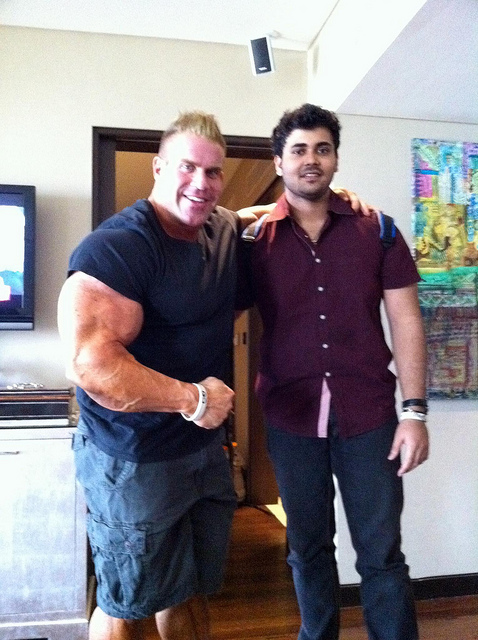
Yeah, idk why paki likes that kind of ****.


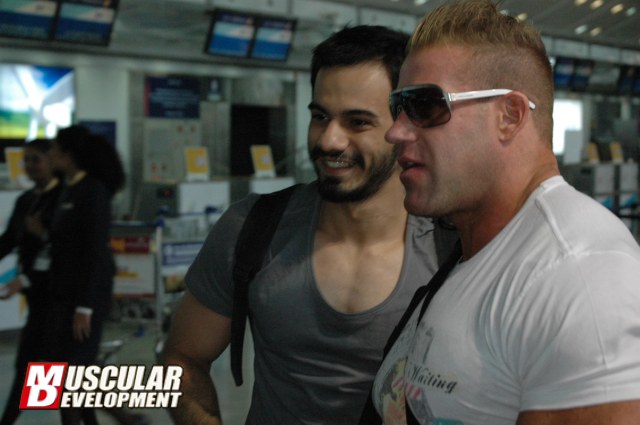
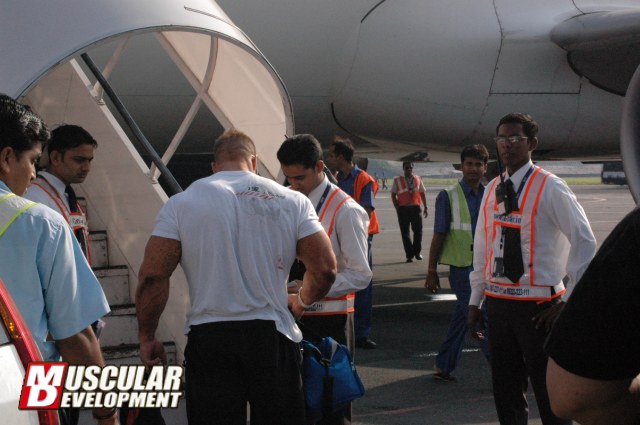
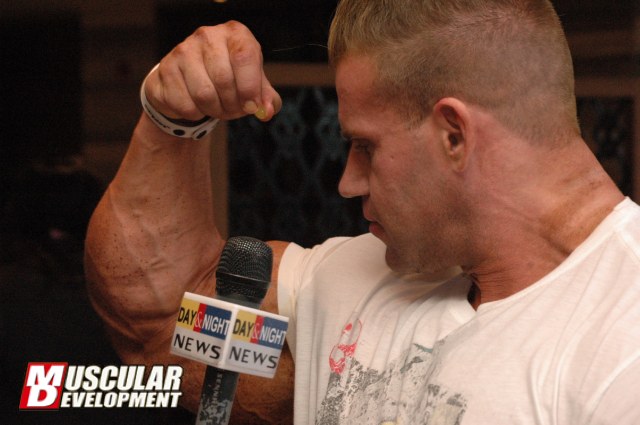
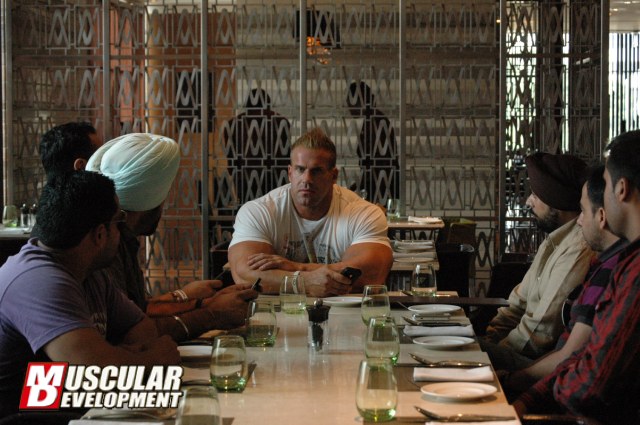
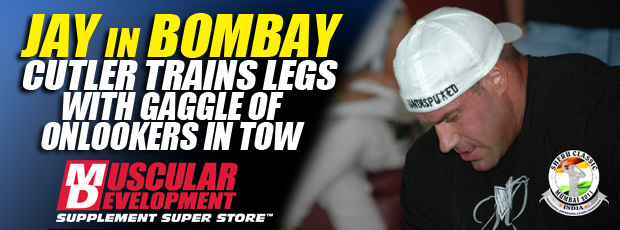
Totally agree about age, that I still consider not a problem but havent you see the improvements Jay brought onstange just for changing several types of workouts for others on 2009 Mr. Olympia and the guy with +30 years with Hany Rambod guide. For those who think that a position on a squat or a slow pace movement or volume on sets cannot make a difference just look an article from Hany Rambod on Bill Wilmore Narrow stance squats. Or what about Hany Rambod article on flex on Jay Cutler training and prep for Mr. Olympia 2009 this sport does not respect age or theories is just experimenting and testing, age is a great factor but is not an issue as in other sports.
I said I'd like you to explain the physiology behind your statement. Because the "squat stance" is a myth. Doesn't change anything. There are countless numbers of studies that have been done proving that stance width does not affect muscle recruitment of the quads.
All due respect to Hany, but he clearly has no idea about muscle activation patterns due to stance width in the squat. Please read my thread in the training section which has the relevant scientific references and explanations.
You have a too narrow view on this. Over simplifying thing often makes people draw the wrong conclusions. I have read the book Target Bodybuilding which you state as your source and I have read the scientific studies, but they only look at one thing. The human body is far more complex than you/they make it out to be. The data in Target Bodybuilding was gathered by magnetic resonance imaging (MRI) after doing exercises by watching how pumped the muscles got. It didn't measure the force production of a certain part of the muscle during an exercise (mainly because it is impossible). That is why this data although comprehensive it isn't conclusive. Just measuring how pumped the muscles got isn't a good indicator when comparing one execise to another.
A lot of things such a range of motion, strength curve, resistance curve and so forth come into play. Although the muscle recruitment might be the same or similar in certain exercises the overload occurs at a different stage of the exercise. For example the oblique part of vastus medialis (VMO) at the bottom of the muscle is overloaded when the knee joint is at maximal flexion and the rest of vastus medialis is overloaded at maximal extension of the knee joint. Although VMO might be maximally contracting at maximal extension of the knee joint the force production on the patellar tendon is minimal. So by doing short ROM extensions on the knee joint might recruit the VMO it is not being overloaded which means the the muscle will not grow.
When doing wide stance squats adductors come more into play at the stage when vastus lateralis is overloaded. When doing narrow stance squats the adductors do not come in to play and the vastus lateralis takes the brunt of the exercise. Studies must look at only a few variables. Otherwise making the studies would become almost impossible. That is why you shouldn't draw too many conclusions from the studies.
VMO isn't a separate muscle it is the same muscle. It is about functionality. Since the muscle fibers of VMO horisontal compared to the rest of the VM they come into play at a different stage of the ROM of the knee joint. It is not a pseudo thing.Which from memory is what I discussed in the other thread. I don't know if I included the references on ROM. VM exercises tend to focus on "lockout" so step downs and step ups from a low platform. I'm very familiar with these since me knee rehab was dominated by them. Also, the VM doesn't really have an oblique part, that is one of those pseudo things made up by trainers. There isn't the nerve separation present that would give a VMO.
Yeah that is the problem in most studies. They ignore too many things.The big lack of info I see in the science is that the studies tend to focus on the VL, VM, BF and sometimes the glutes. They tend to ignore the lower back, the other quad muscles, the other hamstring muscles, the ad and ab ductors and the good old calves (of which some parts also cross the knee joint).
I agree.Suffice to say, the studies still show that a good medium to medium wide stance, going as low as possible, is still the best squat.